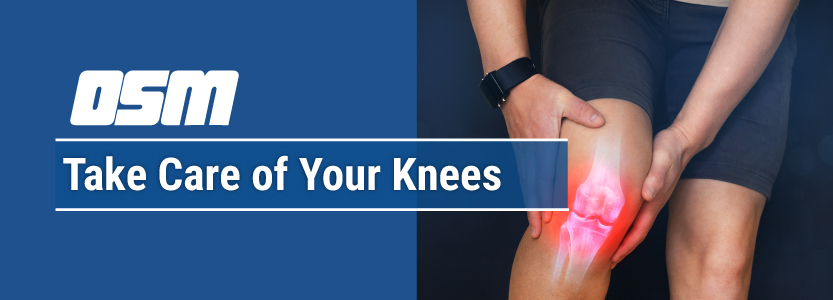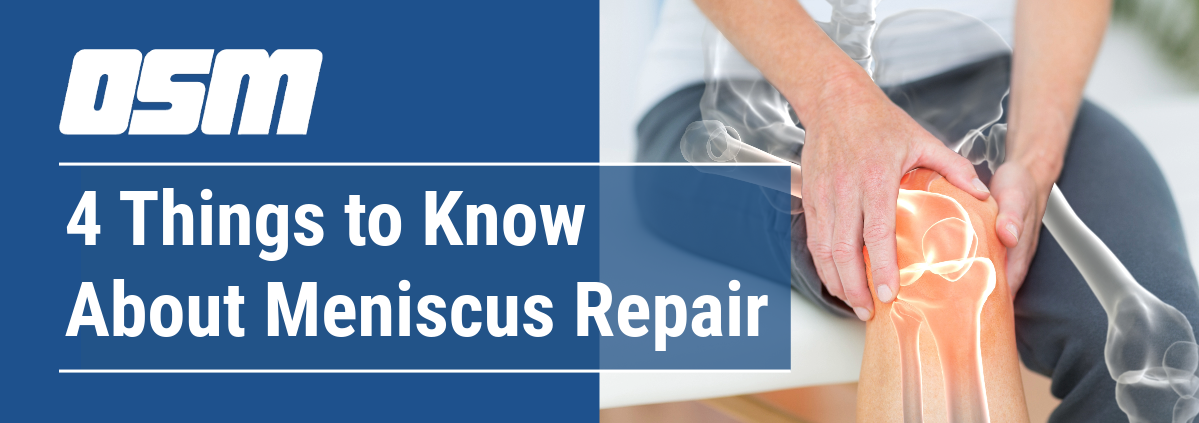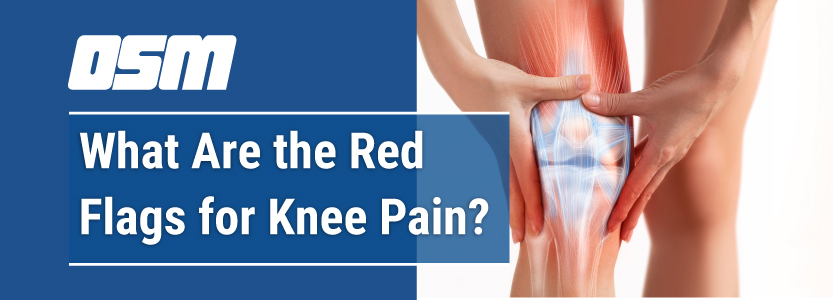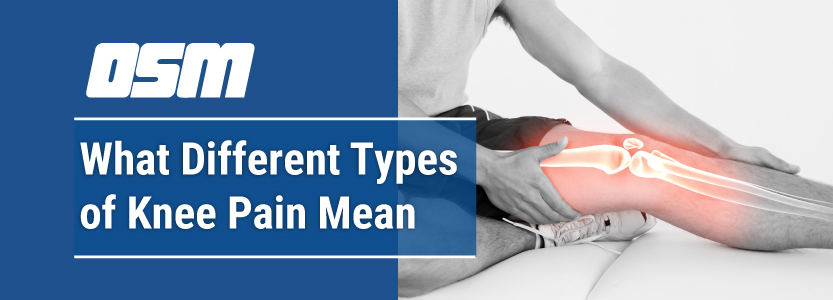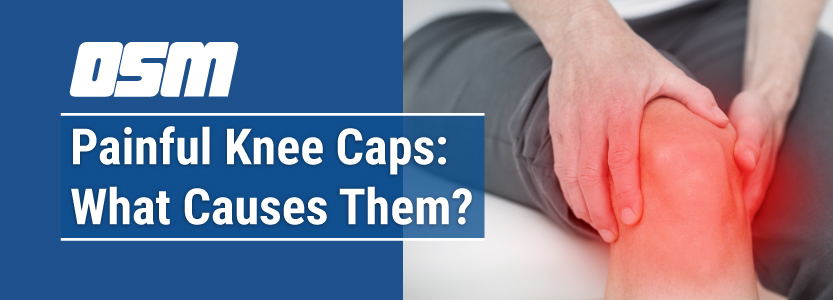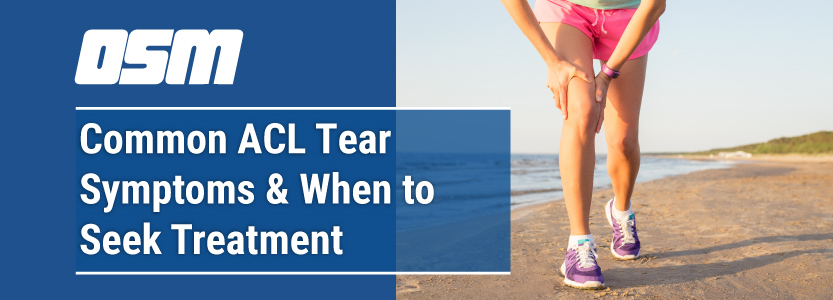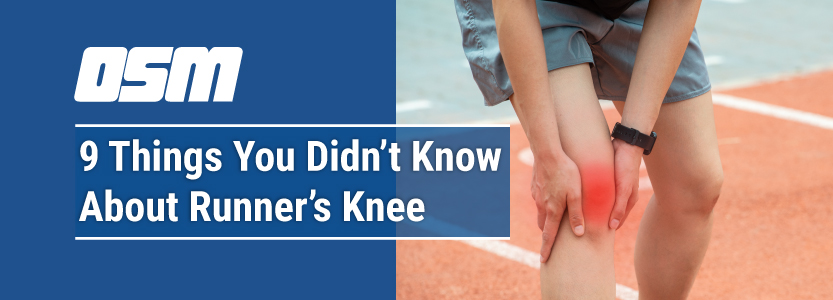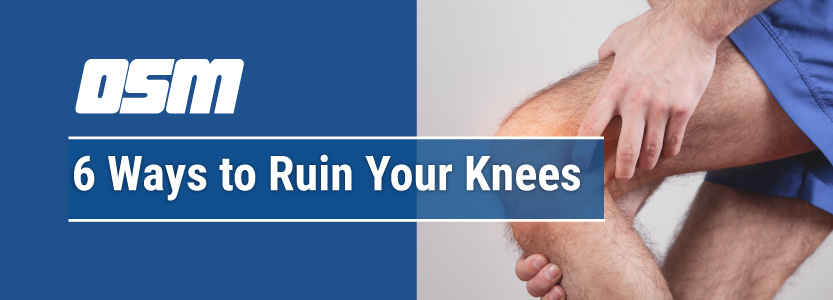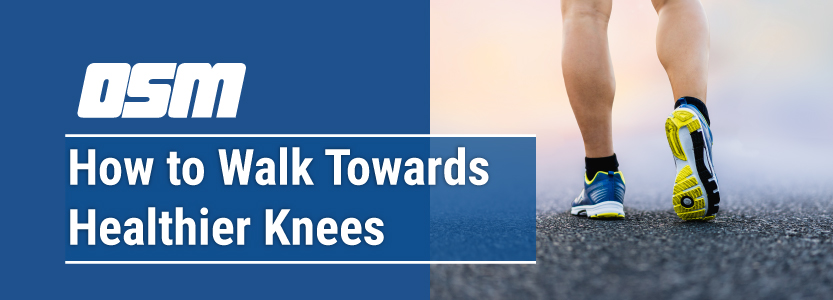Article featured on Noyes Knee Institute
Pain in the knee area is a common issue among athletes. However, anyone can experience knee pain. It is vital to get proper treatment to get rid of the pain. More importantly, you should seek to understand the issue before considering treatment or scheduling a knee surgeon.
Will I Need a Knee Surgeon for Runner’s Knee?
A proper diagnosis from an orthopedic doctor is essential if your knee aches whenever you get from a chair or while walking, jogging, and running. You may also or experience a constant dull ache around the knee area. Osteoarthritis (OA) and runner’s knee and are common causes of knee aches.
Injury, disease, and extra strain on the knees may also result in more sharp pain. You won’t necessarily need surgery to relieve knee pain or correct the underlying issue. The doctor will perform various tests and scans to determine what’s causing the pain.
How’s Runner’s Knee Different from Osteoarthritis?
Runner’s knee is medically referred to as patellofemoral syndrome and is basically pain experienced around your kneecap area. It occurs when you overuse your knees. Running, training, jogging, squatting, and climbing may exert excess stress on your kneecap.
If the kneecap isn’t moving properly in its groove, it may wear out the protective cartilage that prevents bones from rubbing on each other. Runner’s knee symptoms include a dull pain/ache in the kneecap area, especially after sitting for extended periods or when walking, running, and jumping.
Osteoarthritis is another form of knee pain among adults 50 years and older. It simply refers to knee joint arthritis. OA pain results from bones rubbing against each other when the cartilage begins to wear out, which is similar to what happens with runner’s knee.
Common symptoms of osteoarthritis include pain that gets worse over time, stiffness, warmth, swelling, redness, and difficulty maneuvering (bending/straightening) the knee. Arthritis pain may feel worse when you wake up or during bad weather. OA and the runner’s knee have many overlapping symptoms.
How Can I Relieve Runner’s Knee and Osteoarthritis?
It is essential to seek medical advice if you experience any pain around your knee area. Runner’s knee is common among track athletes, while osteoarthritis is widespread among older people of all levels of physical activity. However, both conditions can certainly happen to people of all ages.
Your orthopedic doctor will assess the pain and determine the right treatment option. Each case is unique, so pain stemming from injuries, such as falls, will require different treatment from cases of knee overuse. Below are the vital steps in relieving all types of knee pain:
- Get Diagnosis – You should consult an orthopedic doctor for a comprehensive diagnosis of the issue to determine the underlying cause and scale of damage.
- Discuss Treatment – The doctor will discuss different remedies available for your case. Common options include therapy, medication, injections. Surgery may be required in severe cases.
- Ongoing Recovery – Your doctor will recommend various practices, including physical therapy, pain relievers, lifestyle changes, etc.
Advanced Knee Treatment
Both runner’s knee and osteoarthritis can cause severe pain and require prompt addressing. Without proper treatment, the condition may get worse, calling for advanced procedures and longer recoveries. As such, you should seek professional advice as soon as you notice the pain.
The Orthopedic & Sports Medicine Center of Oregon is an award-winning, board-certified orthopedic group located in downtown Portland Oregon. We utilize both surgical and nonsurgical means to treat musculoskeletal trauma, spine diseases, sports injuries, degenerative diseases, infections, tumors and congenital disorders.
Our mission is to return our patients back to pain-free mobility and full strength as quickly and painlessly as possible using both surgical and non-surgical orthopedic procedures.
Our expert physicians provide leading-edge, comprehensive care in the diagnosis and treatment of orthopedic conditions, including total joint replacement and sports medicine. We apply the latest state-of-the-art techniques in order to return our patients to their active lifestyle.
If you’re looking for compassionate, expert orthopedic surgeons in Portland Oregon, contact OSM today.
Phone:
503-224-8399
Address
1515 NW 18th Ave, 3rd Floor
Portland, OR 97209
Hours
Monday–Friday
8:00am – 4:30pm

